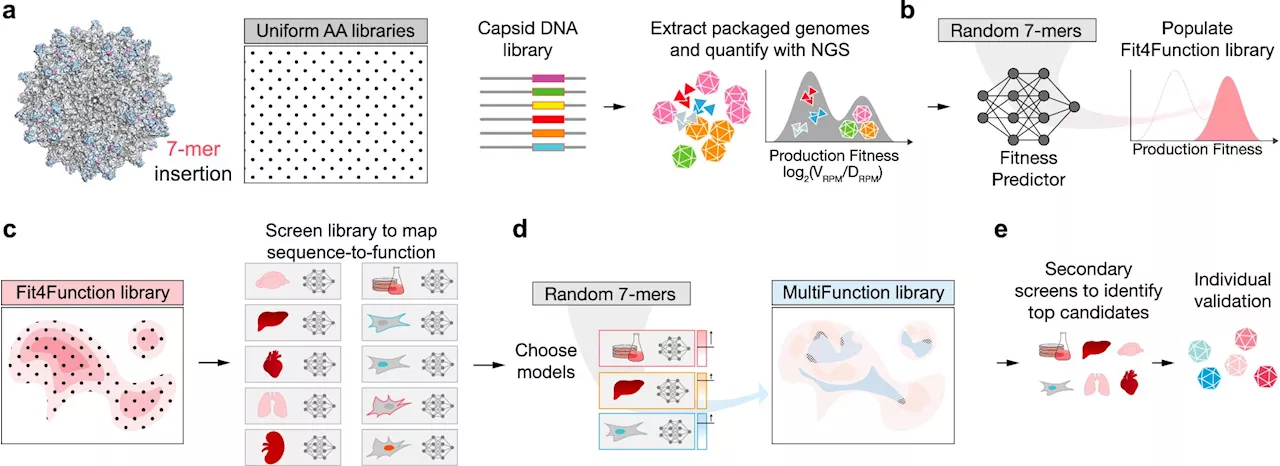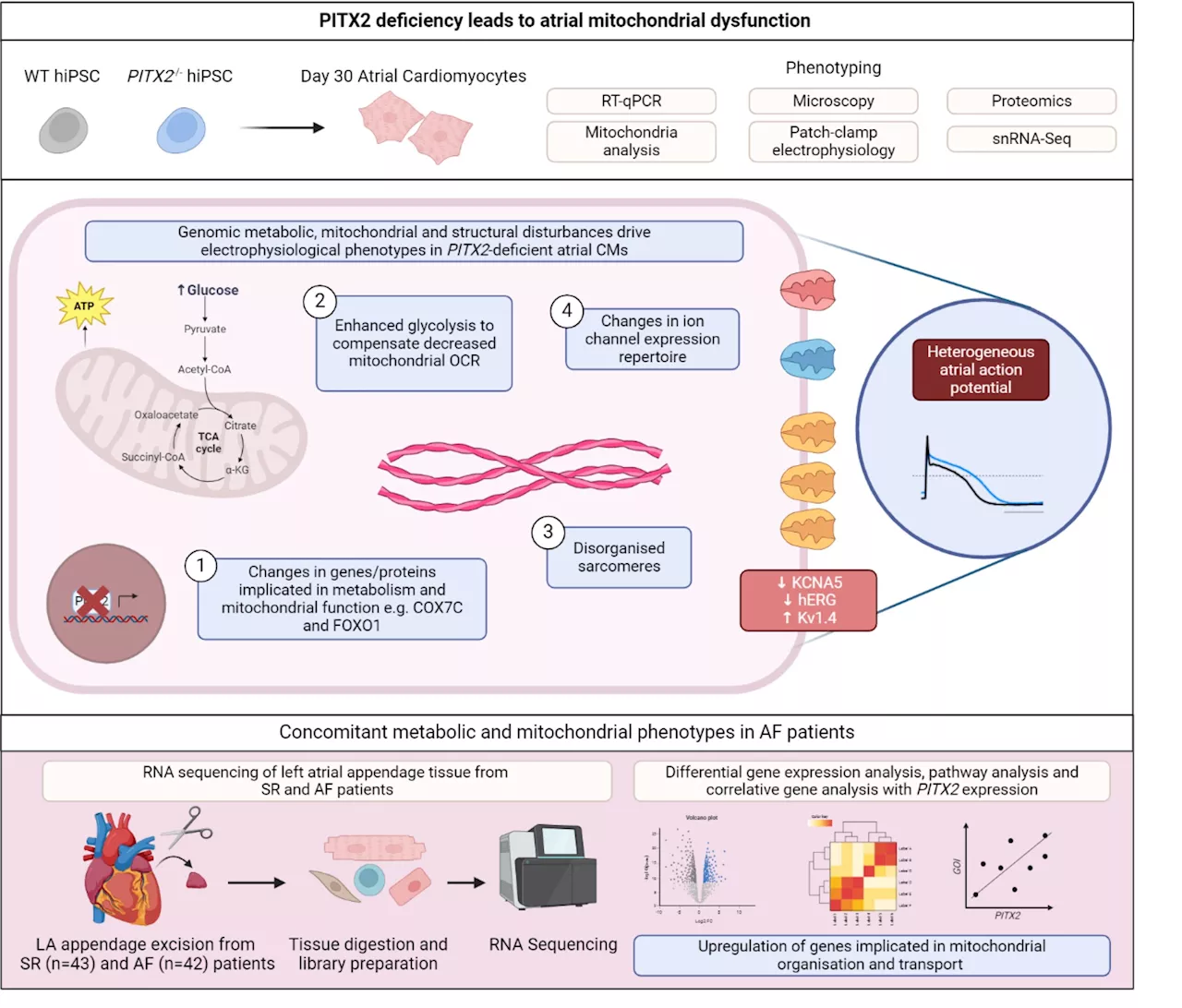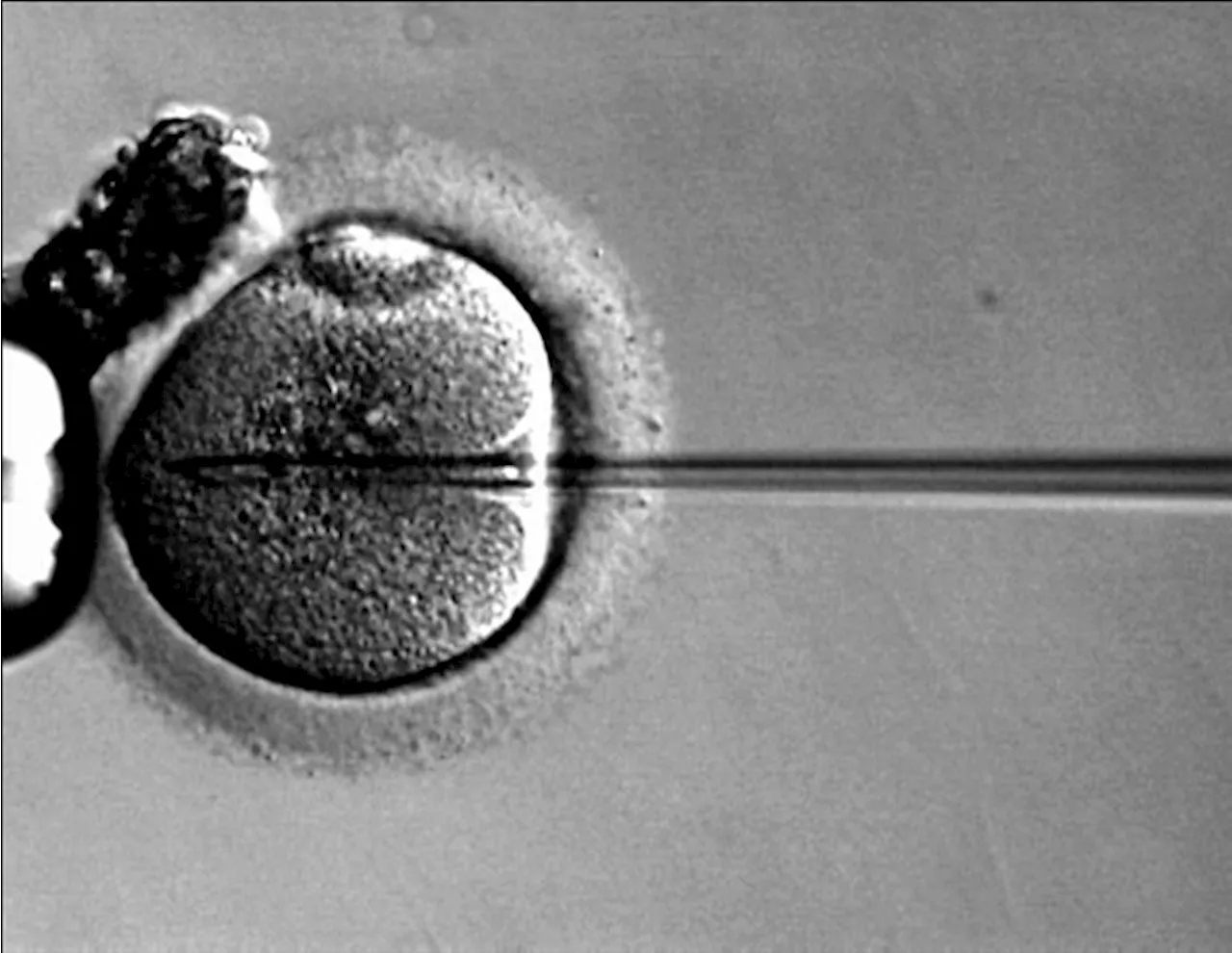Fyodor Urnov explains how retuning genes can restore health harmony.
Urnov is the scientific director at Innovative Genomics Institute, a professor at the Molecular and Cell Biology Department of UC Berkeley, and co-founder of Tune Therapeuticsfter a lifetime in the field of epigenetics, and nearly 20 years after my colleagues and I coined the term “genome editing,” I will be the first to admit that describing the “genome”—a marvelous biological process that guides what our genes do—takes a bit of explaining.
If you’ve ever heard a beginning violinist working through a simple piece, you’ll know it's sonically grating. We hear the lack of harmony, and it's painful.lack of harmony? It could simply be the wrong note played at the wrong time. But it can also arise from a failure of coordination. Any time you have more than one instrument on stage, if they're not coherent , it just hurts.
Armed with this knowledge—and empowered by the development of CRISPR-based proteins that can edit both genome and epigenome—scientists across academia and industry have been racing toward the goal of aThe basic idea is this: if discord of gene expression leads to disease, could we not simply re-tune this orchestra of gene output to restore harmony in health?.
Besides the potential benefit of reversibility, gene tuning also offers control over duration of effect. For example, a remarkable new wave of cancer treatments has emerged recently from work by physicians and scientists at the University of Pennsylvania in which the patient’s own immune system cells are reprogrammed to attack a blood cancer.
United Kingdom Latest News, United Kingdom Headlines
Similar News:You can also read news stories similar to this one that we have collected from other news sources.
 Machine learning approach helps researchers design better gene-delivery vehicles for gene therapyGene therapy could potentially cure genetic diseases, but it remains a challenge to package and deliver new genes to specific cells safely and effectively. Existing methods of engineering one of the most commonly used gene-delivery vehicles, adeno-associated viruses (AAV), are often slow and inefficient.
Machine learning approach helps researchers design better gene-delivery vehicles for gene therapyGene therapy could potentially cure genetic diseases, but it remains a challenge to package and deliver new genes to specific cells safely and effectively. Existing methods of engineering one of the most commonly used gene-delivery vehicles, adeno-associated viruses (AAV), are often slow and inefficient.
Read more »
 Q&A: Gene editing could add new power to a 100-year-old tuberculosis vaccineTuberculosis dates back more than 9,000 years. It is the most infectious bacterial disease, and in 2022 10.6 million people fell ill with it. Of these cases, 23% occurred in Africa.
Q&A: Gene editing could add new power to a 100-year-old tuberculosis vaccineTuberculosis dates back more than 9,000 years. It is the most infectious bacterial disease, and in 2022 10.6 million people fell ill with it. Of these cases, 23% occurred in Africa.
Read more »
 EU sets up team to prepare for Donald Trump’s potential return to powerOfficials to assess possible impact on bloc’s trade and defence policies if former president returns to White House
EU sets up team to prepare for Donald Trump’s potential return to powerOfficials to assess possible impact on bloc’s trade and defence policies if former president returns to White House
Read more »
 The Umbrella Academy's Jean and Gene characters, explainedThe Umbrella Academy's Gene and Jean are one of our favourite parts of season 4 of the series. Here, we explain their characters and where you've seen Nick Offerman and Megan Mullally before.
The Umbrella Academy's Jean and Gene characters, explainedThe Umbrella Academy's Gene and Jean are one of our favourite parts of season 4 of the series. Here, we explain their characters and where you've seen Nick Offerman and Megan Mullally before.
Read more »
 Gene-related metabolic dysfunction may be driving heart arrhythmiaPatients with a common heart arrhythmia called atrial fibrillation could benefit from future treatments that target inefficiencies in heart cell metabolism, a new paper has found.
Gene-related metabolic dysfunction may be driving heart arrhythmiaPatients with a common heart arrhythmia called atrial fibrillation could benefit from future treatments that target inefficiencies in heart cell metabolism, a new paper has found.
Read more »
 Machine learning revolutionizes gene deliveryGene therapy could potentially cure genetic diseases but it remains a challenge to package and deliver new genes to specific cells safely and effectively. Existing methods of engineering one of the most commonly used gene-delivery vehicles, adeno-associated viruses (AAV), are often slow and inefficient.
Machine learning revolutionizes gene deliveryGene therapy could potentially cure genetic diseases but it remains a challenge to package and deliver new genes to specific cells safely and effectively. Existing methods of engineering one of the most commonly used gene-delivery vehicles, adeno-associated viruses (AAV), are often slow and inefficient.
Read more »
